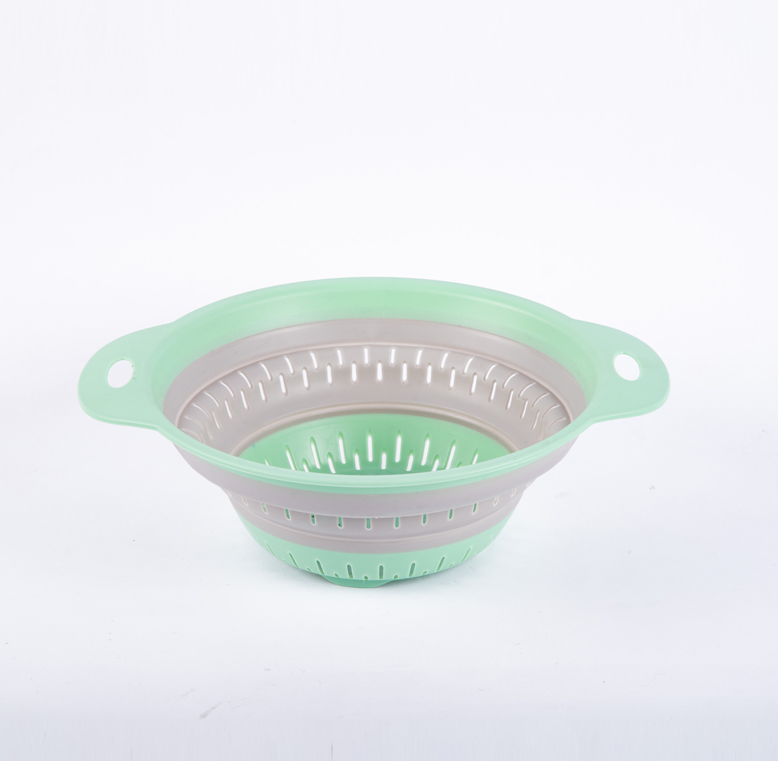Uniform distribution of drain holes is one of the most important design aspects when creating effective and reliable Round Drain Baskets Moulds. Whether the end product is intended for household, industrial, or commercial use, the pattern and alignment of these drainage holes directly affect its performance, appearance, and durability. Poorly distributed holes may cause water to pool, lead to structural weaknesses, or even affect the stacking and handling of the final product. To address this, mould designers rely on a combination of geometry, digital tools, simulation, and production feedback to ensure high precision.
At the foundation of this process is the use of computer-aided design software, which allows engineers to model the entire structure in a virtual environment. This stage is crucial, as it helps define the total surface area, radius, wall thickness, and ideal flow characteristics of the moulded part. The circular shape of round drain baskets demands a highly symmetrical approach, which is achieved by applying polar coordinates and replicating hole patterns evenly around the center. Designers often begin with concentric rings or radial grid systems, where the spacing between holes is calculated mathematically to maintain visual balance and functional symmetry across the surface.
Beyond visual alignment, the actual hole size and shape must be optimized for both strength and drainage efficiency. Holes that are too close together may compromise the basket’s structural integrity, while those spaced too far apart might result in insufficient drainage. This balance is particularly sensitive in Round Drain Baskets Moulds, where a slight error can lead to an entire batch of defective products. Mold flow analysis is often performed to reduce such risks. This digital simulation predicts how the plastic material will flow into the mould cavity and identifies areas where air traps, pressure imbalances, or shrinkage could distort the hole locations. By refining the mould design based on these results, engineers can better control how the drain holes form during the actual injection moulding process.
Additionally, the layout of cooling systems within the mould is critical to maintaining uniformity. Cooling channels are strategically placed to ensure the moulded plastic cools at a consistent rate, which helps prevent warping or asymmetrical shrinkage. Without even cooling, even a perfectly designed hole pattern could become misaligned during solidification. Moreover, precision manufacturing equipment such as CNC machines and electrical discharge machining is used to create the moulds, allowing for fine control over each feature, including the small cores that form the drain holes. This ensures the hole size and placement remain consistent from batch to batch.
Once the mould is built, it undergoes rigorous testing using sample production runs. Any inconsistencies identified during this stage allow designers to make final adjustments. These real-world tests are essential because they validate the theoretical designs and simulations. Sometimes minor details, such as surface finish or injection speed, can affect the flow behavior and impact the final hole layout.
The production of Round Drain Baskets Moulds that ensure evenly spaced drain holes is not just a matter of visual design, but a highly technical challenge that integrates software modeling, material behavior analysis, and precision engineering. When done correctly, the result is a mould that consistently produces baskets with excellent drainage performance and reliable structural strength, all while meeting the exacting standards of consumers and industrial users alike.
Name: Round Drain Basket
Mould material: S136
Mould base: P20 steel
Cavity NO: 1+1
Product material: PP+TPR
Runner: Hot/cold
Mould life: 1 million~3 million shots
Delivery time: 35~50 days
